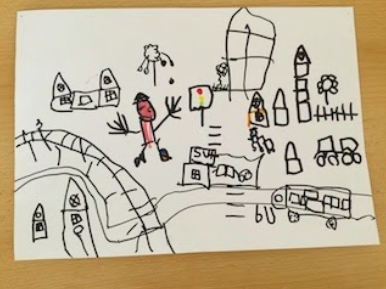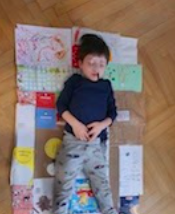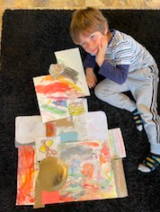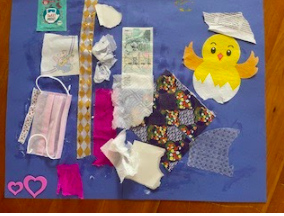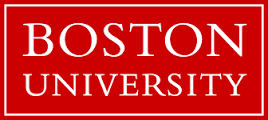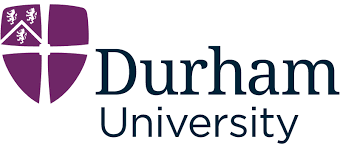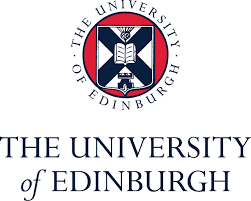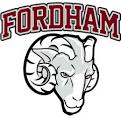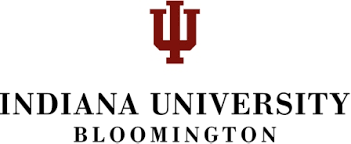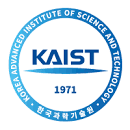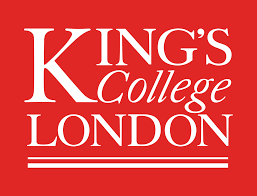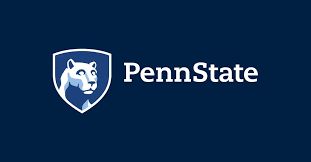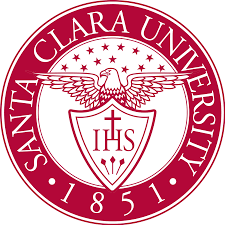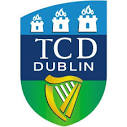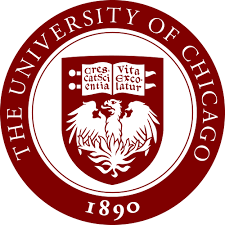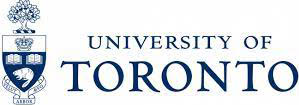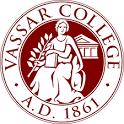
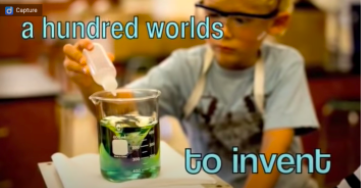
Our Early Childhood Foundations at ISP is a Reggio-Inspired learning program. Reggio Emilia is named after a town in Italy and was founded by Loris Malaguzzi (1920–1994). The goal of this educational approach is to nurture highly capable and deeply curious learners, based on the following key principles, illustrated in this video, affirming that children:
- Construct their experiences through which they attribute sense and meaning.
- Learn experientially through touching, moving, manipulating, listening, observing, and exploring.
- Learn through relationships with their environment and the humans in that space.
- Have a “hundred different languages” to think, discover, learn and express themselves.
“The hundred languages are a metaphor for the extraordinary potentials of children, their knowledge-building and creative processes, the myriad forms with which life is manifested and knowledge is constructed.” – Reggio Children
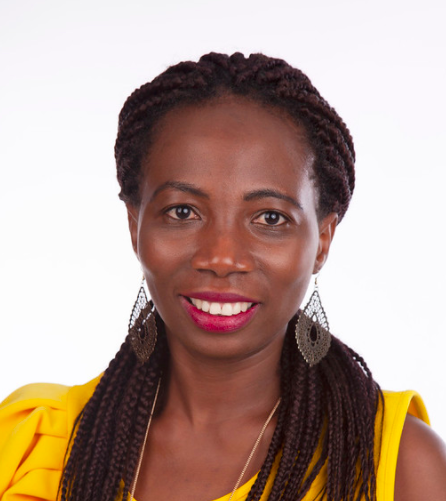
Ms. Samira shares the following learning snippets from how the ECF 3 -4 Paper Project is evolving, even now at a distance. Samira, an expert Reggio-inspired educator, ensures that the environment provokes children’s curiosity, provides interactive opportunities and is modified as the children’s interests shape the project and the learning experiences to go deeper with their understanding and skills.
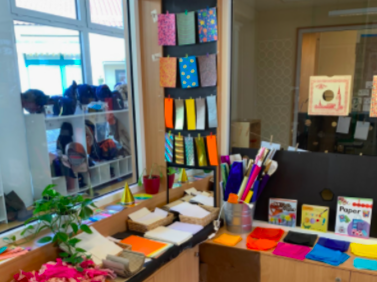
February: Setting the provocation of many types, colors, and forms of paper for the children, not surprisingly these young learners first chose to build a tree as they connected to their learning from a project earlier this year.
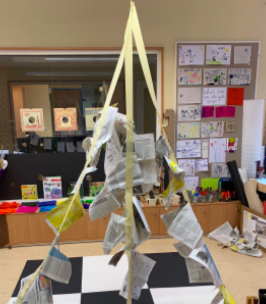
From there, children started to explore how we use paper to show where things are (maps). This idea came about during project work discussion time. “We talked about what we can do with paper and one of the children shared how some papers can help you find where things are. He drew his idea to share with us during project discussion time and we noticed that he was making connections with paper maps“.
This idea was framed into a question and was relaunched to the children. They took the idea from drawing on a small scale to drawing on large scale paper. Through continued discussions and questioning each other, they named their large scale drawing, ‘The paper city’ with the paper tree as ‘The paper tower’ in the middle of the city. Soon, they were drawing the duck pond, streets, trains, and everything else they noticed during their forest walks or on their way to school.” (Ms. Samira)
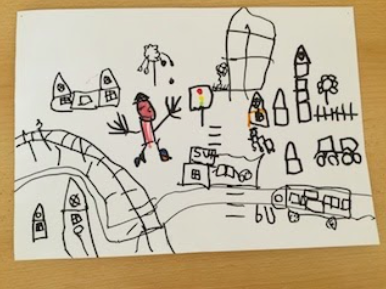
Amazing focus, persistence and attention to detail, the children could consistently describe what they were illustrating, why and what their next steps were.
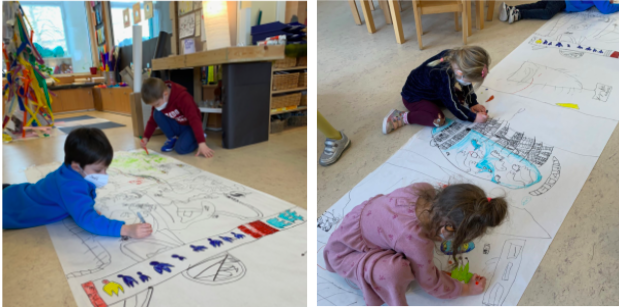
March: Transferring their inquiry from the classroom to their homes, our ECF learners wondered . . .
How many kinds of paper can we collect at home?
“We collected paper from our home, shared what we noticed on each paper with our families and then drew on our favourite paper. We later brought our favourite paper to our group discussion to share with our friends.”

How can we use the paper you have collected to make a paper carpet?
“We used the paper we collected to create our own paper carpet. During group sharing time, we talked about the different kinds of paper we used for creating our paper carpet. We asked each other questions about our paper carpets and unusual things on our carpet such as money and rice paper.”
At ISP, curiosity drives what and how we learn because we know when this happens, learners gain deeper understandings, persist in developing their skills, and become self-directed, lifelong learners. Thank you to Ms. Samira for sharing these glimpses of these young children’s curiosity driving their learning.
